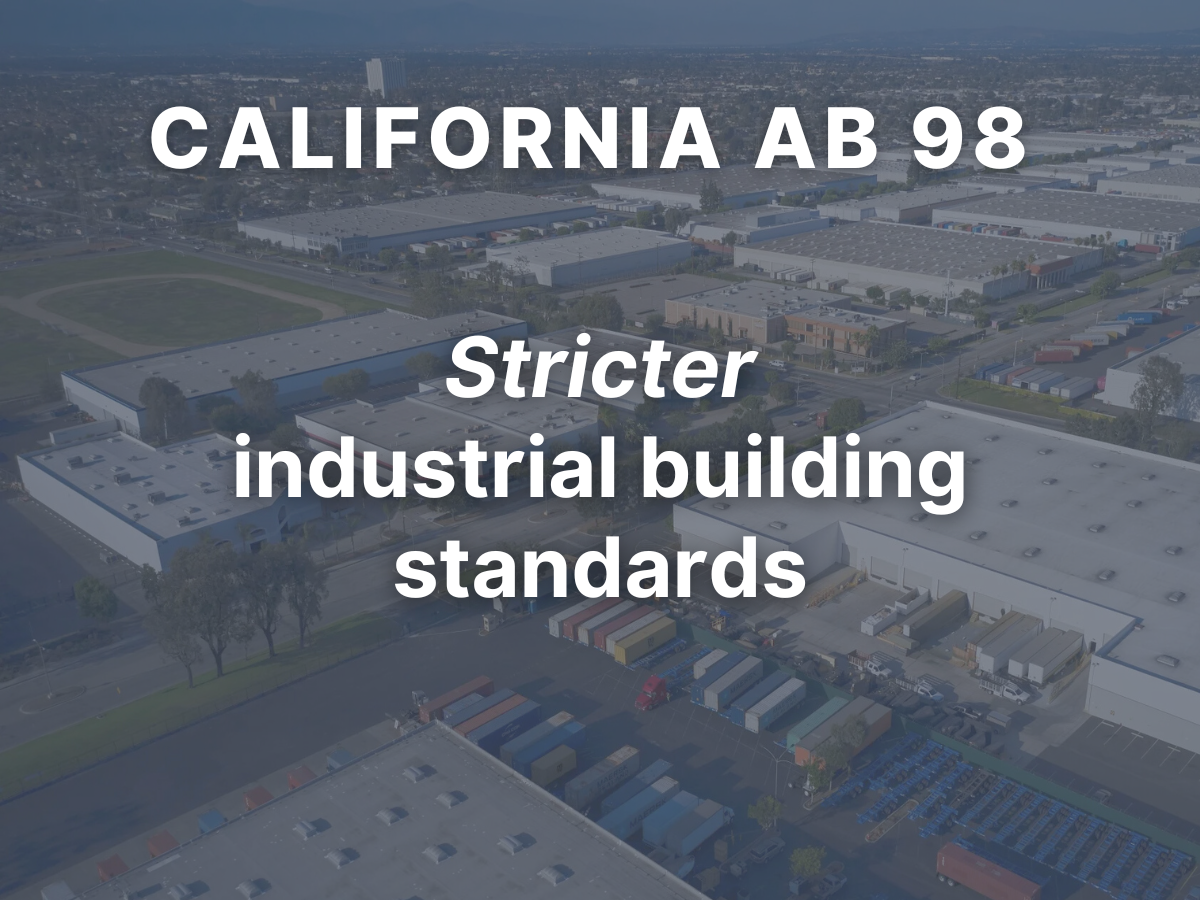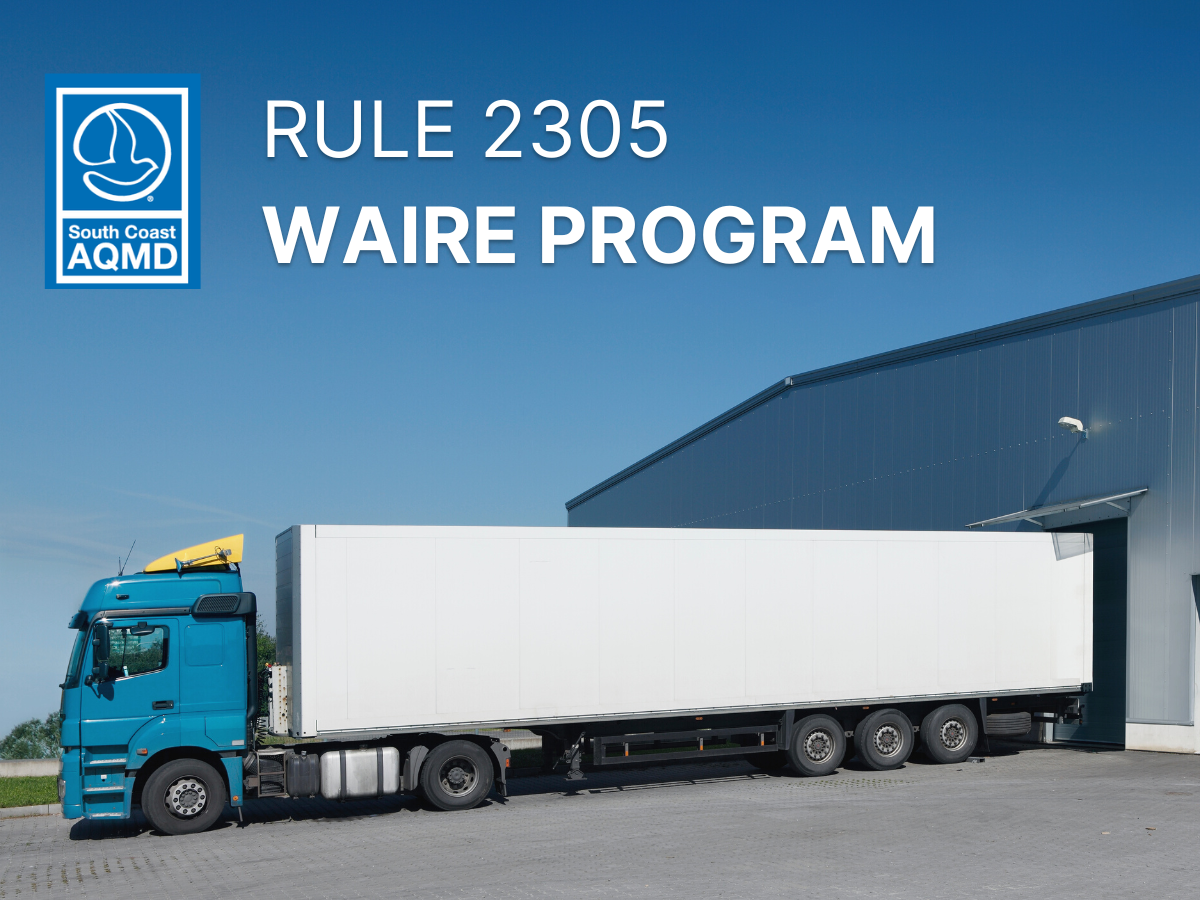Education Posts

Solar, Storage & Decarbonization: I.CON West 2025 Highlights
Behind the scenes at NAIOP’s I.CON West conference: Solar planning, battery storage, and standout industrial projects in Los Angeles. GAIA moderates a panel on solar and developers share what they’re doing to meet code and generate income with solar.

California’s Assembly Bill 98: Impacts on Industrial Warehouses and Logistics Facilities
AB 98 sets new standards for California industrial facilities, focusing on emissions reduction, energy-efficiency, solar, air quality, and community protections, effective January 2026.

Decarbonizing Industrial Buildings (New 2024 Version) a Sustainability Guide for Real Estate Developers
Real estate developers are making commitments to net-zero and carbon neutral but many don't know how they’ll get there. GAIA's Decarbonizing Industrial Buildings guide compiles proven strategies to reduce emissions across building portfolios, at scale. Topics include energy efficiency, low-carbon materials, solar, government regulations, and ESG reporting.

Energy-Efficient Cold Storage: Cut Costs and Carbon with Sustainability Solutions
Cold storage industrial facilities are essential but energy-intensive. Learn how sustainability solutions are reducing energy use, costs, and emissions.

Value of Hiring a Solar Owner Rep
As solar owner's representatives (rep), we play a crucial role in guiding building owners through the process and ensuring a successful solar energy project.
GAIA acts as your advocate, knowledgeable advisor, and project manager, offering expertise in solar energy systems and helping you maximize the value and benefits of solar for your property.

Title 24: New California Solar Codes Effective January 1, 2023
California non-residential buildings must comply with new solar and battery codes. Find out if your building is exempt.

2024 Updated CALGreen Code: Embodied Carbon Requirements
Embodied carbon and life cycle assessments will be required in California for large developments in July 2024.

LEED Volume FAQs: The Scalable Solution For Portfolios
The LEED Volume program reduces certification time and increases cost-savings across portfolios. This program is ideal for industrial developers with 10+ buildings in the same asset class.

GAIA Panel Recap: ESG & Decarbonization Strategies for Industrial and Logistics Properties
ESG and sustainability take over stages at NAIOP I.CON West Industrial Conference 2024


Sustainable Industrial Development: Benefits Of LEED Volume For Net-Zero And ESG Goals
More companies are certifying projects with LEED for both new construction and existing buildings. Pressure to disclose and reduce greenhouse gas emissions up and down supply chains has companies rushing to collect and report historical data while setting net-zero energy and carbon neutrality targets.
